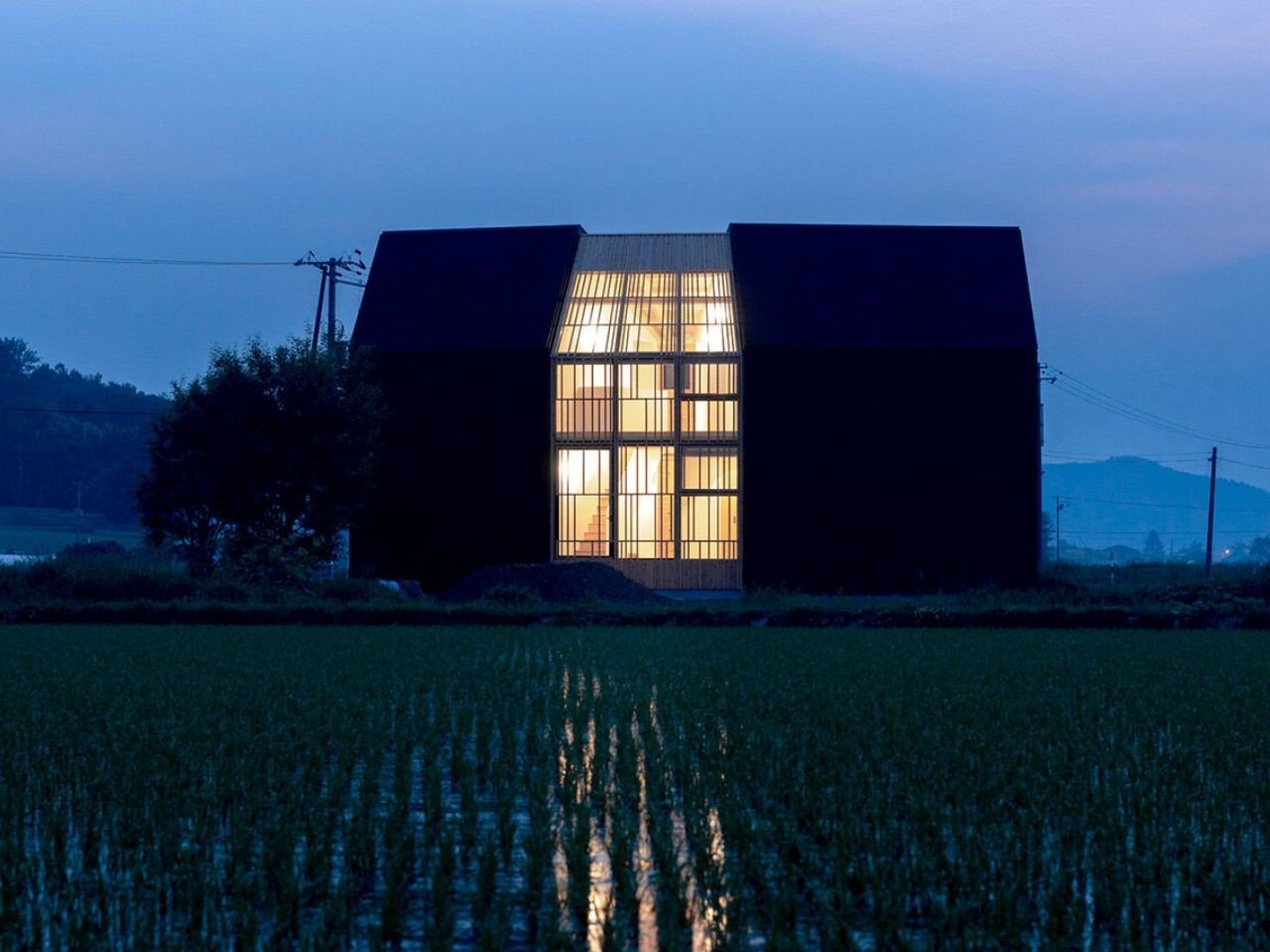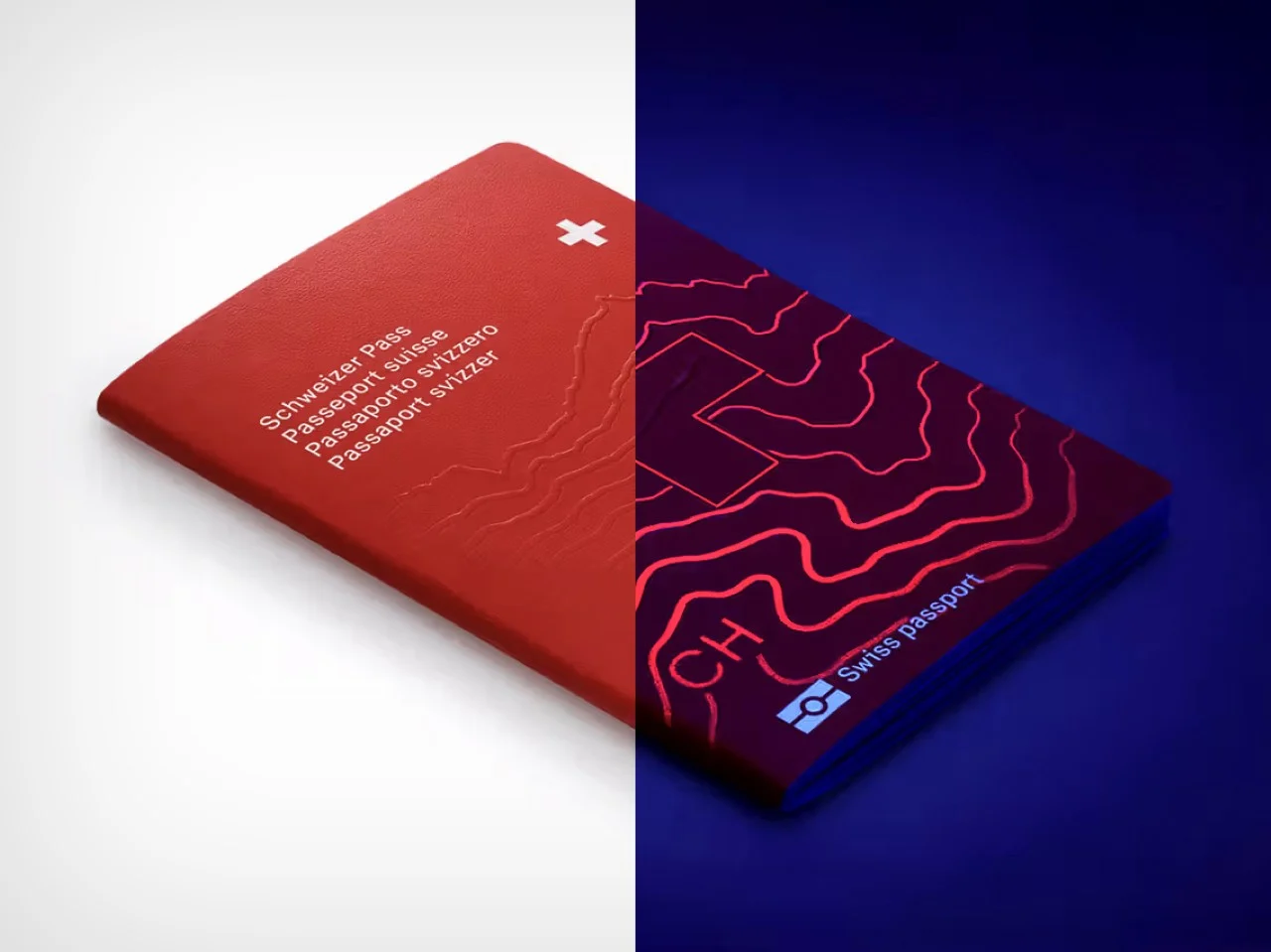Israel Leveled Gaza — Then Killed the Drone Journalists Who Showed it to the World
Only drones can begin to capture the scale of destruction in the Gaza Strip. The journalists doing it were targeted again and again. The post Israel Leveled Gaza — Then Killed the Drone Journalists Who Showed it to the World appeared first on The Intercept.

This investigation, conducted by Arab Reporters for Investigative Journalism, is part of the Gaza Project, a collaboration involving over 40 journalists from 12 organizations coordinated by Forbidden Stories.
In partnership with
Four years ago, Mahmoud Isleem al-Basos began messaging Shadi al-Tabatiby on social media, again and again, asking to join him on shoots. Al-Tabatiby, one of Gaza’s best-known drone journalists, didn’t pay much attention at first.
“But Mahmoud was persistent,” al-Tabatiby said. “So I told him, ‘Fine, I’ll meet you.’”
Twice, al-Tabatiby told al-Basos where he’d be filming; both times, al-Basos showed up and waited.

“There’s an age gap between us, but I love people who work hard and want to learn,” al-Tabatiby said. “I found that in Mahmoud.”
The two grew close, and al-Basos began joining al-Tabatiby on shoots.
Then came Israel’s war on Gaza. Al-Tabatiby, who was freelancing for The Associated Press, relocated to the south. Al-Basos stayed in the north. With movement between the two areas cut off by the Israeli military, they kept in touch.
Al-Tabatiby started assigning al-Basos shoots from afar, and the young journalist picked up work with international outlets, including Reuters and the Turkish news agency Anadolu.
Even after al-Tabatiby evacuated to Egypt a year ago, they stayed in close contact.
Two weeks ago, on March 15, al-Basos was filming preparations for a Ramadan iftar in the northern Gaza city of Beit Lahia. The backdrop was a new expansion of a displacement camp opened by the London-based Al-Khair Foundation, which was paying al-Basos to film the event. Then two Israeli airstrikes hit the area. At least seven people were killed, including al-Basos.
“I was in shock,” Al-Tabatiby said. “I couldn’t believe it.”
He added, with incredulity, “We were in a ceasefire.”
Al-Basos became the fifth drone journalist to be killed by Israel since the start of the war in Gaza.
Earlier this month, al-Basos was hired by Forbidden Stories, the coordinators of the Gaza Project and a newsroom dedicated to completing the work of threatened and slain journalists. Al-Basos was assigned to do drone filming for this story. In early March, he completed his second assignment, capturing images of al-Shati refugee camp.
“The journalist is back home and safe,” a colleague wrote in a shared group chat. Forbidden Stories had been coordinating the filming and regularly updating partners on its progress.
The grim irony of his death a few days later was lost on no one: a drone journalist working on a story about the killing of drone journalists gets killed himself.
Cut Down One By One
Al-Tabatiby became something like the dean of drone journalists in Gaza — though he did not start their use in the territory. Drones have been used by journalists in Gaza since 2014, when journalist and filmmaker Ashraf Mashharawi first used one in the field. Before and during the 2014 war, the flying cameras became a tool for documenting the damage done by the Israeli military.
Today, al-Tabatiby believes drone footage remains a key to telling the larger story of the current war in Gaza, revealing what on-the-ground photography couldn’t show. The destruction of Gaza’s cityscapes at the hands of Israeli weapons is at such a great scale that the full extent of the calamity can only be hinted at through flybys and overhead shots.


A recent example is a one-minute video by Agence France-Presse published in January, after the ceasefire took effect, showing the magnitude of the destruction in the southern Gaza city of Rafah.
Drone journalists stayed busy in the field, taking videos and sending them out. Like all journalists, they faced massive personal risk. Gaza, since the inception of the war in October 2023, has become the most dangerous place in the world for journalists.
According to the Committee to Protect Journalists, or CPJ, the war is the deadliest conflict for journalists since the group began keeping records. At least 165 Palestinian journalists have been killed — more than the number of journalists killed during six years of World War II.
As the toll on journalists grew, drone journalists suffered a proportionately huge loss. According to al-Tabatiby, around 10 drone journalists were working in Gaza at the outset of the war. Five have been killed, and one was severely injured.
In several of these cases, including the March 15 strike that killed Mahmoud al-Basos, Israel accused the journalists of ties to militant groups but provided no substantiated evidence. Interviews with former Israeli officials and leaked internal documents point to the absence of clear rules of engagement when it comes to journalists using drones.
The Israeli military did not respond to questions about specific incidents or provide further evidence, but said it takes measures to avoid civilian deaths and “rejects outright the allegation of a systemic attack on journalists.”
The drone journalists remain skeptical. Before and during the war, they had formed a loose-knit, unofficial network. As the war progressed, they saw their colleagues fall one by one in a series of Israeli attacks that, in nearly every instance, according to a review by Arab Reporters for Investigative Journalism, Forbidden Stories, and their partners, came shortly after the journalists were flying their drones and capturing aerial images.
For his part, al-Tabatiby watched with horror as injuries and deaths slowly eroded drone journalists’ ability to get more stories out about Gaza — to give that window into the widespread destruction.
Al-Tabatiby, though, wasn’t just losing colleagues; he was also losing friends.
No Clear Rules
There were no clear guidelines within the Israeli military about how to handle civilian drones, a former Israel official said in an interview.
“At no point during this war did I receive an official document outlining the rules of engagement,” said Michael Ofer-Ziv, a former Israeli military reservist who monitored footage from Gaza during the early weeks of the war. “And that’s a problem, because it leaves a lot of room for interpretation.”
“If you see someone flying a drone and it’s not ours, you shoot, without questions.”
While the use of drones by journalists was never discussed in his presence, Ofer-Ziv said the “general vibe” was clear: “If you see someone flying a drone and it’s not ours, you shoot, without questions.”
The issue had come up in the halls of the Israeli government, but not from the Ministry of Defense. Leaked emails from 2020, shared with Forbidden Stories, show that officials in the Israeli Ministry of Justice were cautioning against suggesting that journalists using drones could be misidentified as fighters, warning that it could be perceived as Israel not adhering to international laws.
In the exchange, prosecutors in the Justice Ministry discussed the Israeli military’s killing of a journalist, Yaser Murtaja, who was using a drone during April 2018 protests in Gaza. The prosecutors raised a statement made by then-Defense Minister Avigdor Lieberman: “I don’t know who he is, a photographer, not a photographer, whoever operates drones over IDF soldiers” — referring to the Israel Defense Forces — “needs to understand he’s putting himself in danger.”
The officials in the exchange noted that such a statement, cited in a U.N. inquiry report on the deadly suppression of Gaza protests, could be seen as blurring the line between journalists and militants. They warned that such a conflation could be used to “undermine Israel’s claims that it adheres to the laws of war in general and the principle of distinction in particular.”
There is no public record of an Israeli warning to journalists not to use drones.
“We never saw any statement or warning from the army clearly telling journalists not to use drones. But there’s a clear pattern: Journalists who do are targeted,” said Mashharawi, the Palestinian filmmaker who first introduced drones to Gaza.
Of the four attacks in the current Gaza war examined by ARIJ, Forbidden Stories, and their partners, three of the drones being operated by the journalists survived. The journalists did not.
“They have tools to disable or even take over a drone, without sentencing the journalist to death,” Mashharawi said. “There are many other options before firing a missile.”
For al-Tabatiby, the bombs started falling on his friends early on in the war.
Mustafa Thuraya
On January 7, 2024, three months after Israel’s assault on Gaza got underway, al-Tabatiby was supposed to join his friend Mustafa Thuraya on a shoot. In southern Gaza, they had been sharing a tent and covering the war together. That morning, however, al-Tabatiby stayed back to help his wife take their newborn daughter to get vaccinated.
Thuraya, who had been freelancing for AFP and Al Jazeera, was filming the aftermath of one strike with his drone. As his work finished up, he was killed by another Israeli airstrike. He was the first Palestinian drone journalist killed in the war.
The Israeli military said it had “identified and killed a terrorist operating a flying device that posed a threat to Israeli troops.” A visual investigation by the Washington Post, however, contradicts that claim. The Post analyzed footage from Thuraya’s drone and found no Israeli soldiers, aircraft, or military equipment in the area.

Abdallah El-Hajj
On February 24, drone journalist Abdallah el-Hajj was seriously injured in an Israeli strike after filming in Al-Shati refugee camp.
“As soon as I finished filming and put the drone inside my backpack, I was hit,” el-Hajj said.
He regularly did videography for the United Nations Relief and Works Agency, or UNRWA, a group for delivering aid to Palestinian refugees. Over the past year and a half, UNRWA has come under attack from the Israeli government, which claimed that the aid group had ties to terrorists and severed all ties with it.
After hitting el-Hajj, the Israeli military later claimed it had struck a “terrorist cell using a drone” but did not respond to questions about the incident. El-Hajj denied having any ties to militant groups, calling the allegation “false and unfounded.” He said he was checked twice by Israeli forces, once at al-Shifa Hospital and again before leaving Gaza for treatment in Qatar.
“If I were Hamas,” he said, “I would not have gone out of the Gaza Strip for treatment.”
Both el-Hajj’s legs were amputated as a result of his injuries. A few days after the attack, another attack struck — this time against his house. El-Hajj believes the second salvo was intended to destroy the video archives he had accumulated over 20 years.
The al-Gharbawi Brothers
In April, al-Tabatiby got a call from photographer Ibrahim al-Gharbawi. Ibrahim and his brother Ayman had evacuated with their family to Rafah. Now, Ibrahim had bought a drone and was asking al-Tabatiby for help learning to fly it. Al-Tabatiby advised against using it at all, saying the situation was “frightening.”
On April 26, however, the al-Gharbawi brothers left for Khan Younis to film the destruction left by the Israeli invasion, according to their brother Abdallah. Ibrahim’s wife, Inas, said he called to say they had finished shooting and were on their way back. She never heard from him again.
Later that night, Inas learned they had been killed in an Israeli airstrike.
Losing two brothers at once was devastating.
“There’s not a moment that passes without us bringing them up,” Abdallah said “remembering them, crying for them.”
Mohammed Abu Saada
Al-Tabatiby was growing exasperated by the continued killings — especially after Ibrahim al-Gharbawi’s death.
“After he was targeted,” al-Tabatiby said, “I decided that ‘khalas’ — enough.”
He took an opportunity to leave Gaza for Egypt and sold his drone to a colleague, Mohammed Abu Saada.
Three months later, Abu Saada was killed in an airstrike on his uncle’s tent, where he had gone to use the internet to upload footage.
“It was 5:29,” said Abu Saada’s cousin Saif, who was with him at the time. “I remember looking at the phone.”
He had stepped away for only a moment, before a missile crashed down.
“I felt everything freeze for a second,” he said. Mohammed and three of Saif’s siblings were all dead.
Abu Saada’s final post shows him with his drone, filming the destruction in Bani Suhaila, east of Khan Younis in southern Gaza, but he wasn’t using it that day. Of the drone journalists killed in the war, Abu Saada was the only one who had not been using his drone immediately before his death. Saif said Abu Saada had removed the battery and he had left it at home.
“We all knew that anyone using one would be shot down,” Saif said, “even if they were civilians.”
Mahmoud Al-Basos
In the aftermath of the March 15 strikes that killed Mahmoud al-Basos, Reuters, to which al-Basos had contributed work, released a statement.
“We were deeply saddened to learn that journalist Mahmoud Al-Basos, whose work Reuters published in recent weeks, was killed by an Israeli strike while on assignment for the Al-Khair Foundation,” a Reuters spokesperson said.
The Israeli military said it had targeted a group of “terrorists,” including two operating a drone. The Israelis released a list of names and photos, but the statement misidentified some of the people listed and named at least one person who was not killed in the strikes, according to Gaza’s government media office.”
Al-Basos was neither named in the Israeli list nor pictured in the statement. Instead, the Israeli army listed another individual, with a similar name, describing him as a “Hamas terrorist operating under journalistic cover,” while suggesting a link between the drone used in Beit Lahia and the militant group Palestinian Islamic Jihad.
ARIJ, Forbidden Stories, Bellingcat, and partners geolocated the site of the strike and confirmed it was 1.8 kilometers away from where Israeli soldiers were.
An Al-Khair Foundation spokesperson said they “utterly refute” any claims that their team was connected to militants. They said the members were deliberately targeted while on a “purely humanitarian mission.”
CPJ recognizes all five drone journalists killed on its site, including al-Basos, whose killing was classified as a “murder” — a designation the organization reserves for cases where a journalist appears to have been deliberately targeted.
“There’s a pattern from the IDF of accusing journalists of different things — sometimes contradictory statements within days — because that’s how propaganda works.”
In an interview with the consortium for the first round of Gaza Project stories last year, Carlos Martínez de la Serna, CPJ’s program director, said, “There’s a pattern from the IDF of accusing journalists of different things — sometimes contradictory statements within days — because that’s how propaganda works. First you plant the seed of doubt, right? ‘Oh, he was…’ And there’s nothing there. No evidence of any kind.”
Mashharawi said his company has paused all drone use, citing safety concerns for the team, especially after the March 15 strike. “Drone filming will resume only if there is complete certainty that journalists are not being targeted for using drones in their reporting,” he said.
A few weeks ago, Al-Tabatiby spoke to al-Basos on a late-night phone call. Al-Tabatiby was offering his young friend advice — about life, about money. Al-Basos, who was 25, had been spending too much and was planning to get engaged.
“We get married early in Gaza,” al-Tabatiby said, laughing softly, an attempt at humor at a moment of deep grief.
They spoke for over an hour, the longest call they’d had in a while. Al-Tabatiby didn’t know it was going to be their last. The next day al-Basos was killed by the Israeli strike.
With additional reporting from Farah Jallad and Zarifa Abu Qoura of ARIJ; Jake Godin, Thomas Bordeaux, and Charlotte Maher of Bellingcat; Mariana Abreu and Samer Shalabi of Forbidden Stories; and Maria Retter of Paper Trail Media.
The post Israel Leveled Gaza — Then Killed the Drone Journalists Who Showed it to the World appeared first on The Intercept.
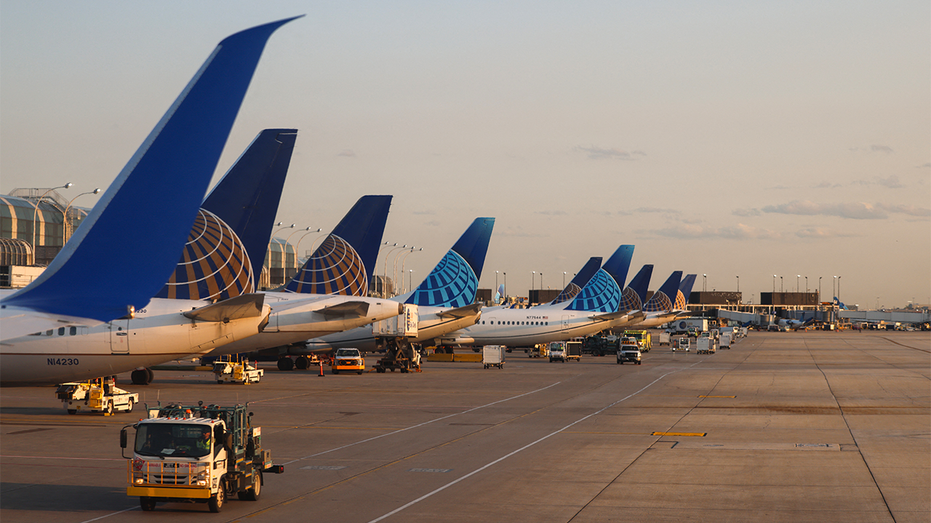



















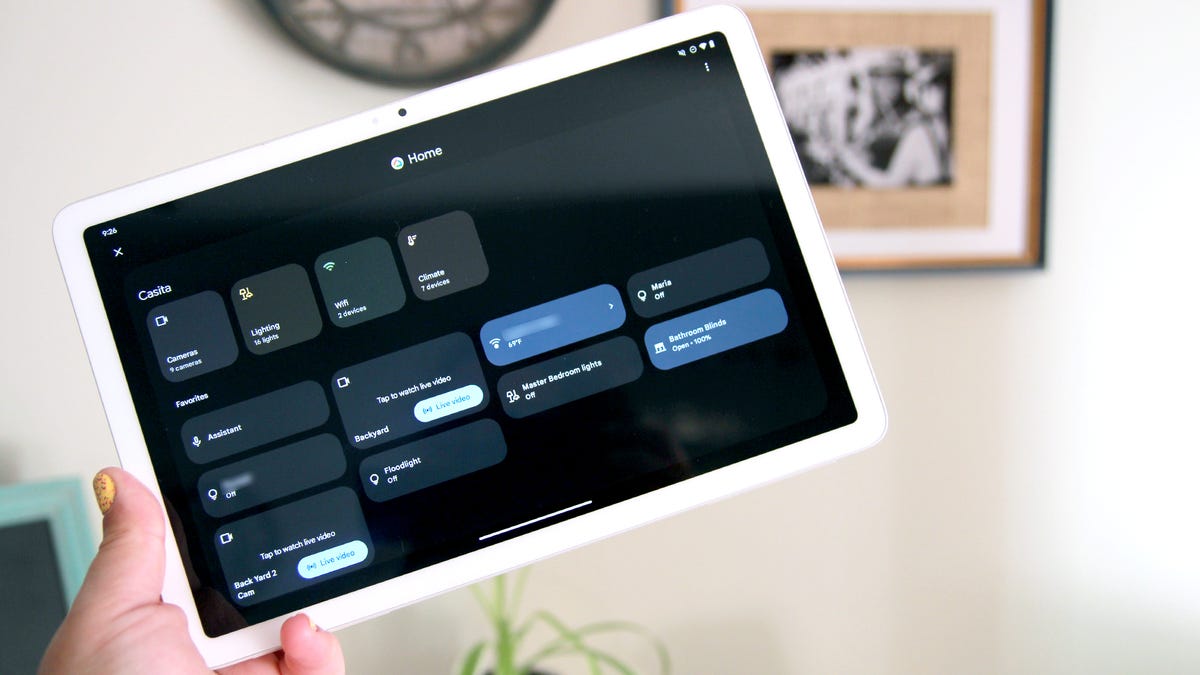






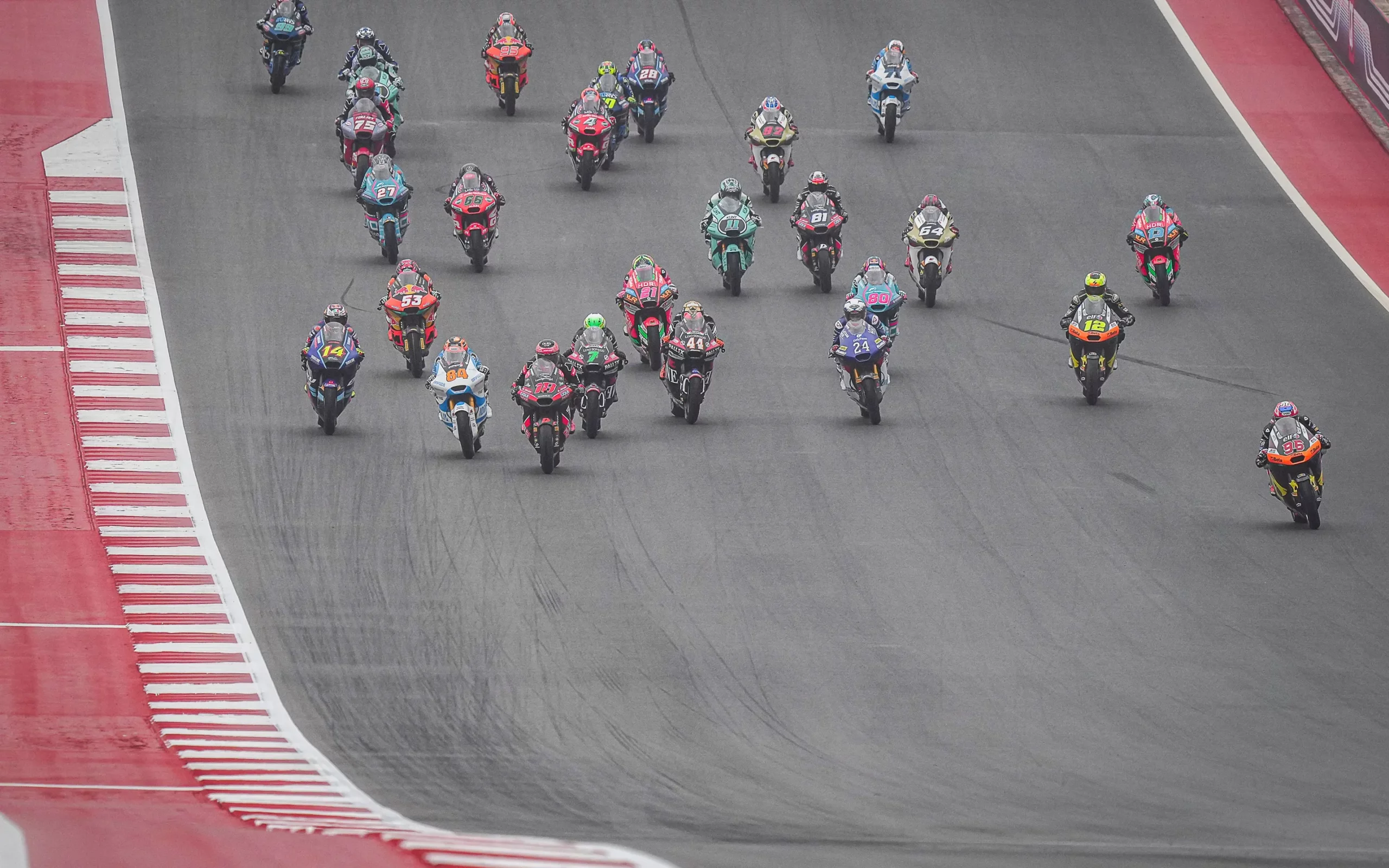





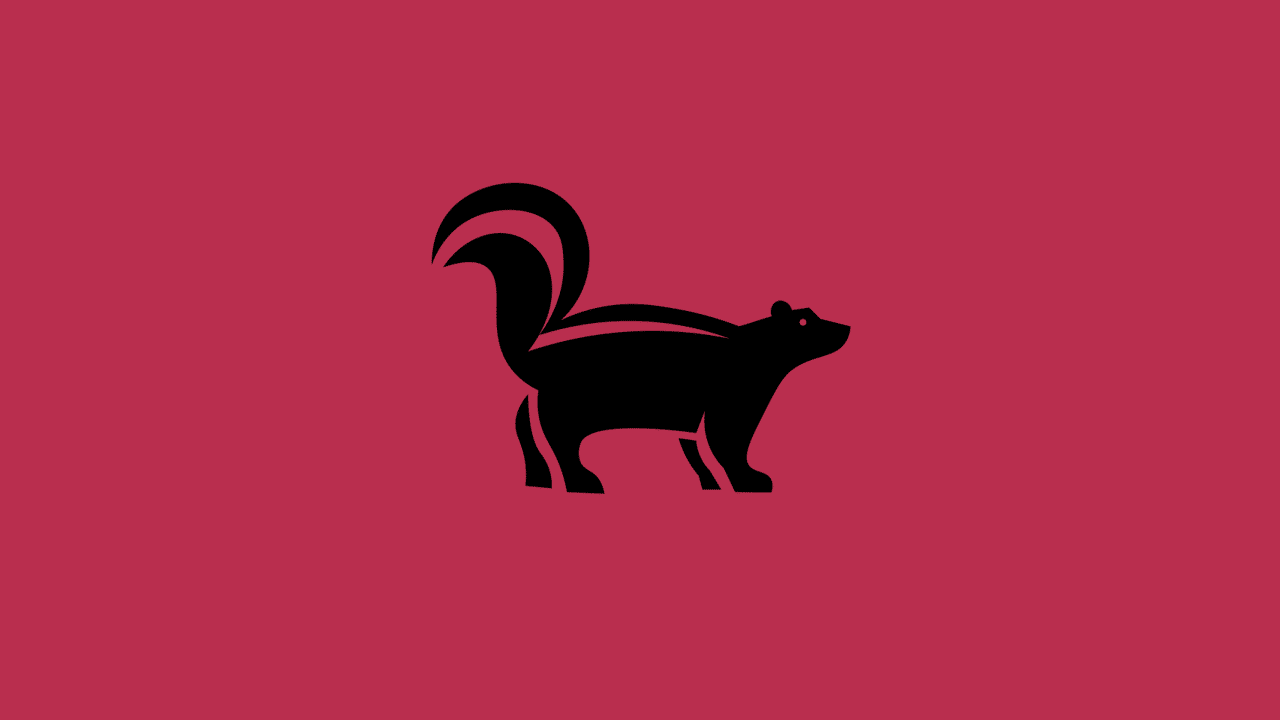




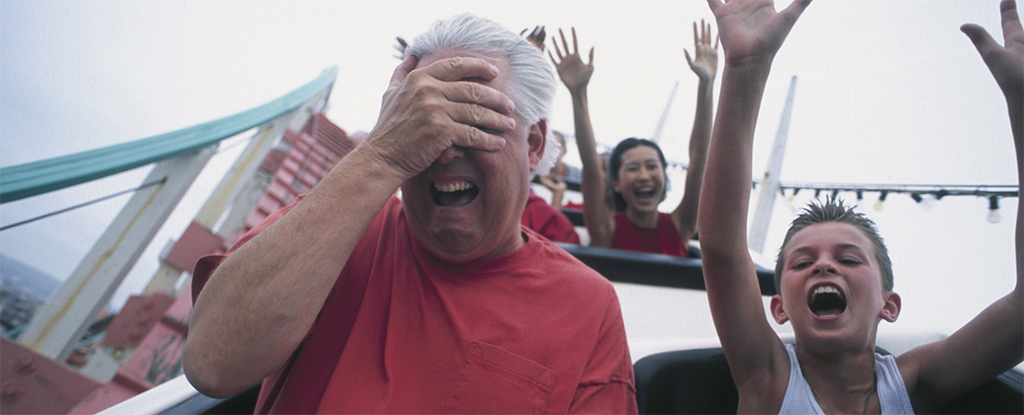

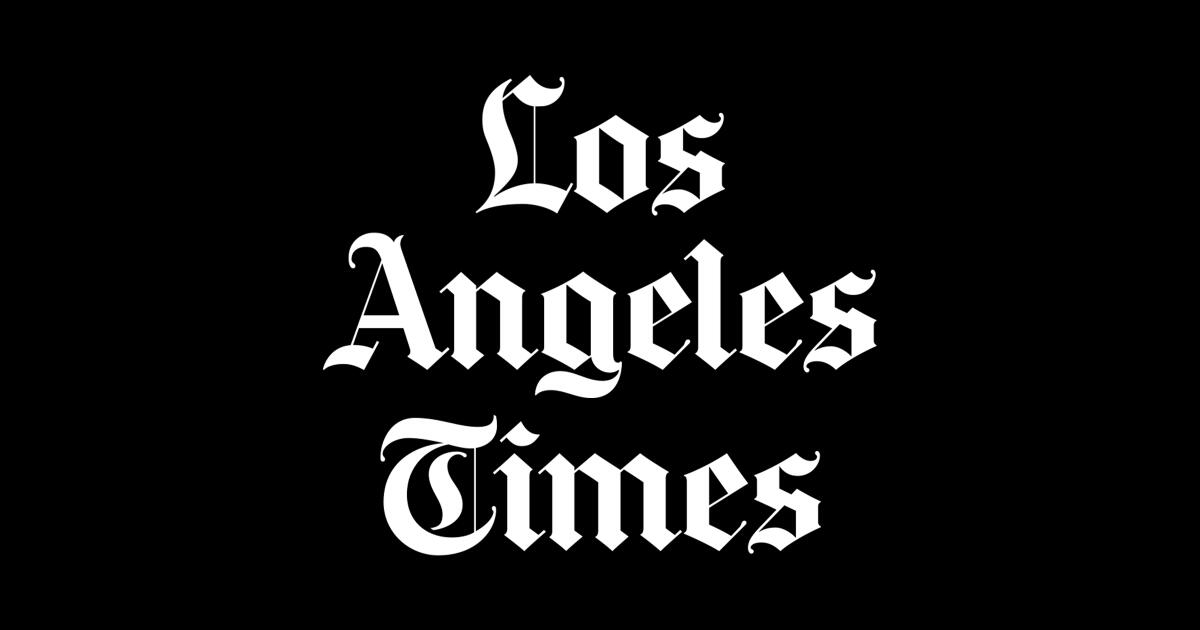


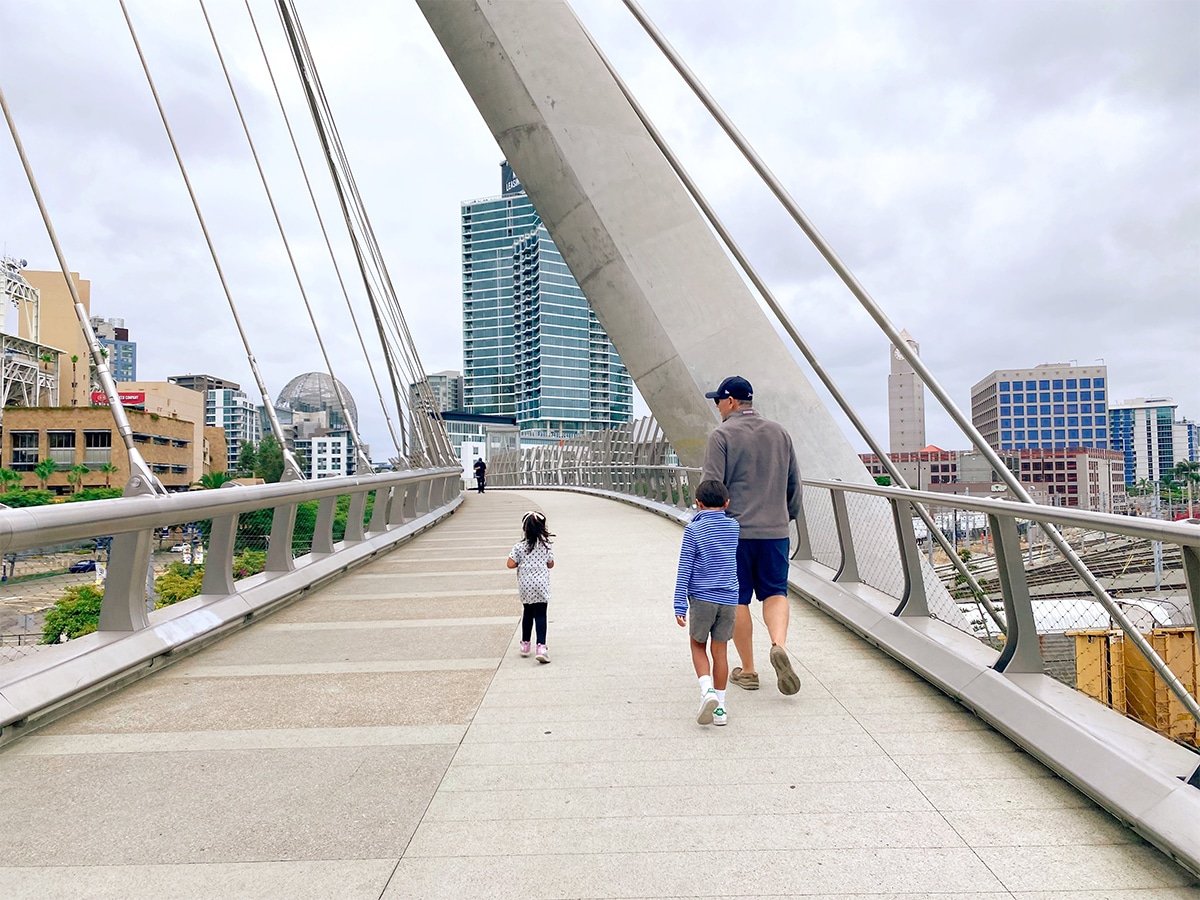
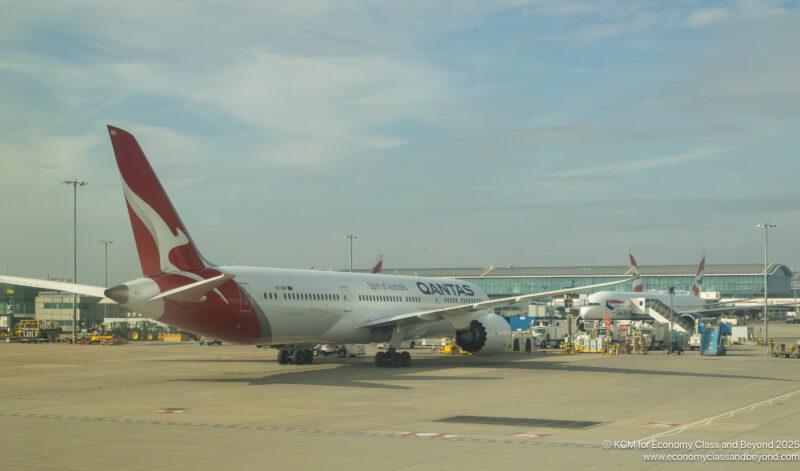
![Get 15% Amazon Discount With Discover Card Cashback [YMMV]](https://boardingarea.com/wp-content/uploads/2025/03/b3bb83beb4bb9391e57685a6d7d537ef.png?#)









